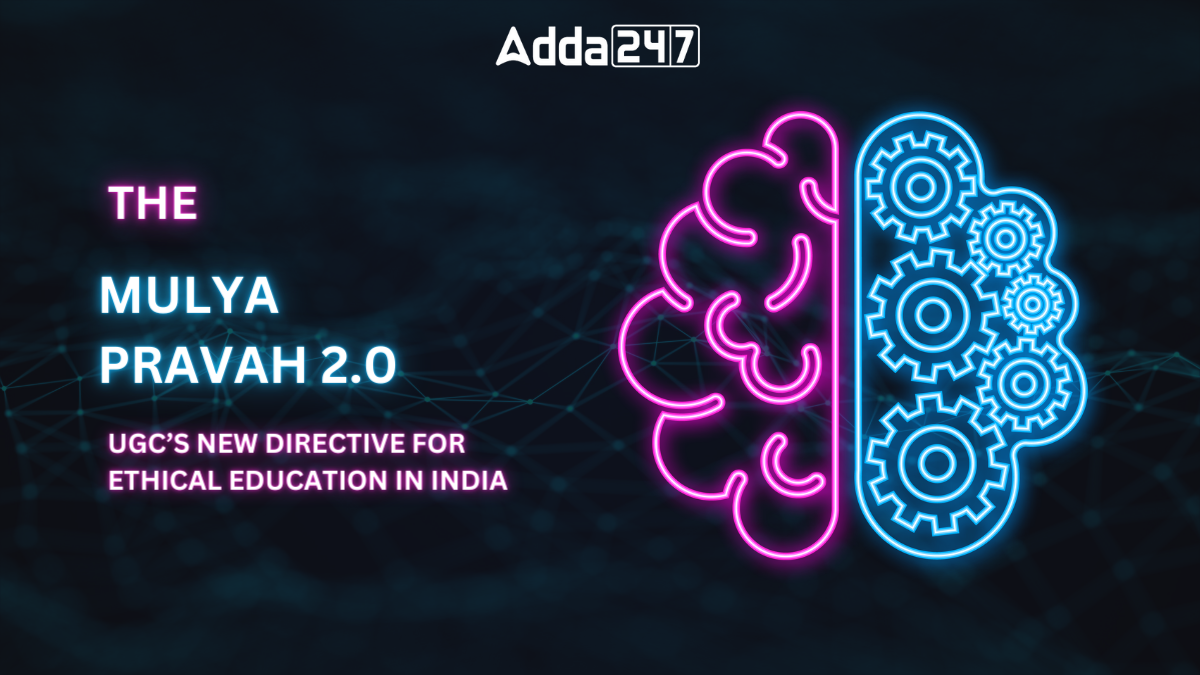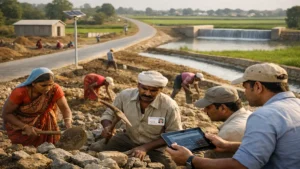Introduction: Addressing Ethical Challenges in Education
In a significant move to promote ethical practices in higher education, the University Grants Commission (UGC) of India has introduced Mulya Pravah 2.0. This new guideline comes as a response to surveys that highlighted unethical practices such as favouritism, sexual harassment, and gender discrimination within various educational organizations.
The Essence of Mulya Pravah 2.0
Mulya Pravah 2.0 is an updated version of the original Mulya Pravah guideline, which the UGC introduced in 2019. The main objective of this revised guideline is to instill human values and professional ethics in higher education institutions across India. It aims to create a culture of integrity, accountability, and transparency within these institutions.
Key Objectives of Mulya Pravah 2.0
- Inculcating Human Values and Ethics: The guideline emphasizes the need to foster human values and professional ethics among students, faculty, and staff.
- Promoting Honesty and Integrity: It aims to build a culture of honesty, integrity, and trust within educational institutions.
- Encouraging Critical Thinking: Mulya Pravah 2.0 highlights the importance of critical thinking and open communication in the academic environment.
- Enhancing Transparency and Accountability: The guideline stresses the need for transparent decision-making and holding individuals accountable for their actions.
- Rewarding Ethical Behavior: Recognizing and rewarding ethical behaviour is a key guideline component.
Challenges in Implementing Mulya Pravah 2.0
- Lack of Awareness: Many institutions may not fully understand the importance of this guideline, necessitating widespread awareness and education.
- Resistance to Change: There might be resistance or indifference towards these new directives, especially in institutions with established practices.
- Ambiguity in Definitions: The guideline faces challenges due to the subjectivity and ambiguity in defining values and ethics.
- Enforcement Issues: Ensuring compliance and effective enforcement of the guideline remains a challenge.
Way Forward: Implementing Mulya Pravah 2.0 Effectively
- Conducting Awareness Campaigns: Proactive dissemination and awareness initiatives are crucial for the successful implementation of Mulya Pravah 2.0.
- Providing Necessary Resources: Institutions need resources and support to implement value education programs and ethical practices effectively.
- Monitoring and Evaluation: Establishing a robust system to monitor progress and identify areas for improvement is essential.
- Developing Clear Guidelines: Creating detailed guidelines and frameworks will help in interpreting and applying the principles of Mulya Pravah 2.0.
- Incentives and Sanctions: Implementing a system of rewards and penalties can encourage adherence to the guidelines and address non-compliance.
Important Questions Related to Exams
Q1. What is the primary aim of Mulya Pravah 2.0, introduced by the University Grants Commission (UGC) of India?
(a) To enhance digital education
(b) To promote sports in education
(c) To instill human values and professional ethics
(d) To increase financial funding in education
Q2. Which of the following is NOT a key objective of Mulya Pravah 2.0?
(a) Promoting honesty and integrity
(b) Encouraging critical thinking and open communication
(c) Increasing financial grants to institutions
(d) Enhancing transparency and accountability
Q3. What challenge is faced in the implementation of Mulya Pravah 2.0?
(a) Lack of awareness and resistance to change
(b) Excessive financial requirements
(c) Technology-based challenges
(d) Overcrowding in educational institutions
Q4. What is a crucial step for the effective implementation of Mulya Pravah 2.0?
(a) Reducing the number of courses in institutions
(b) Conducting awareness campaigns and providing necessary resources
(c) Focusing solely on academic performance
(d) Decreasing the involvement of external organizations
Check your knowledge and try to answer the questions in the comment section.




 What is SabhaSaar Initiative? Features, ...
What is SabhaSaar Initiative? Features, ...
 VB–G RAM G 2025 vs MNREGA: Comparison of...
VB–G RAM G 2025 vs MNREGA: Comparison of...
 What Is VB–G RAM G 2025? The Government’...
What Is VB–G RAM G 2025? The Government’...







